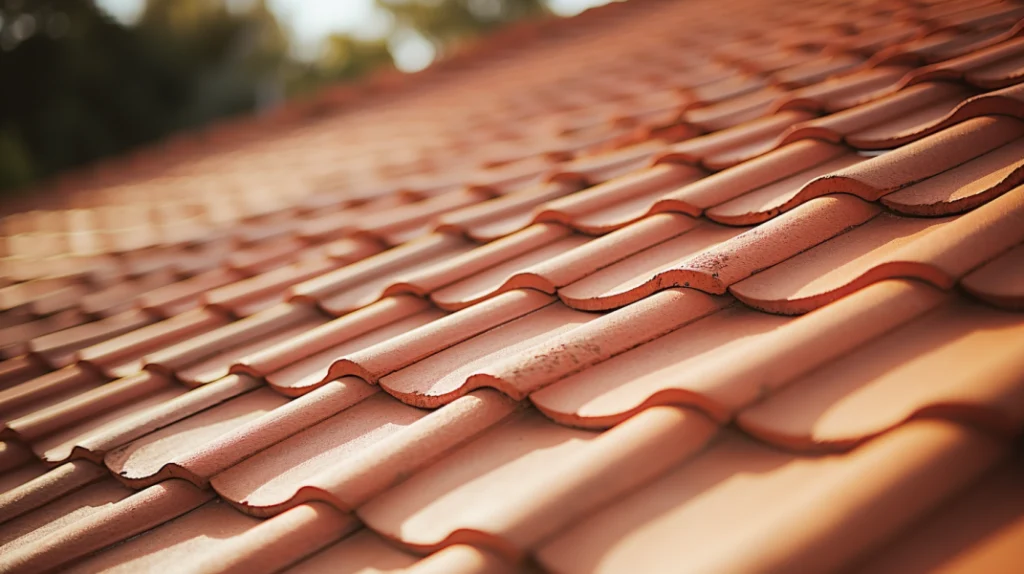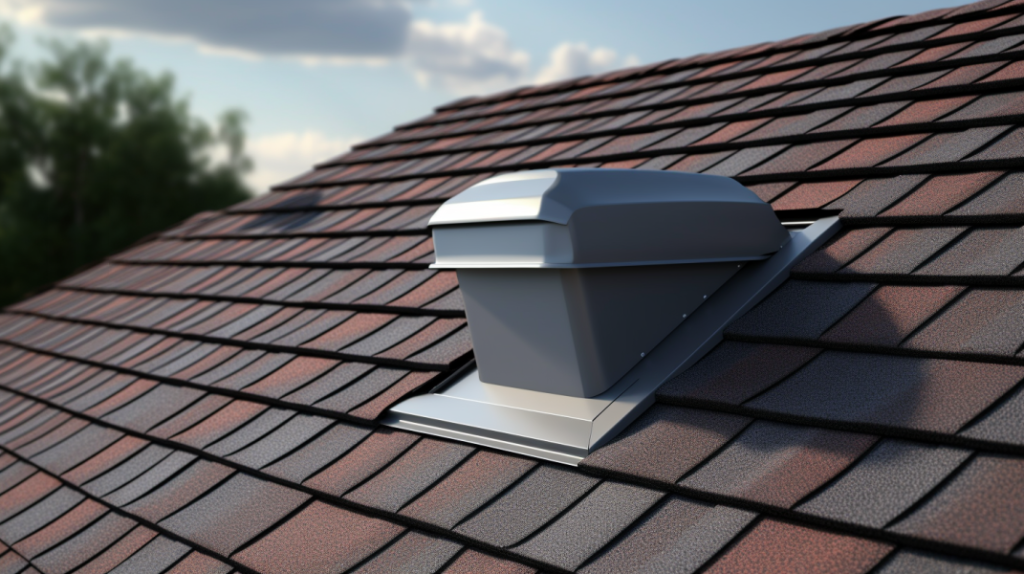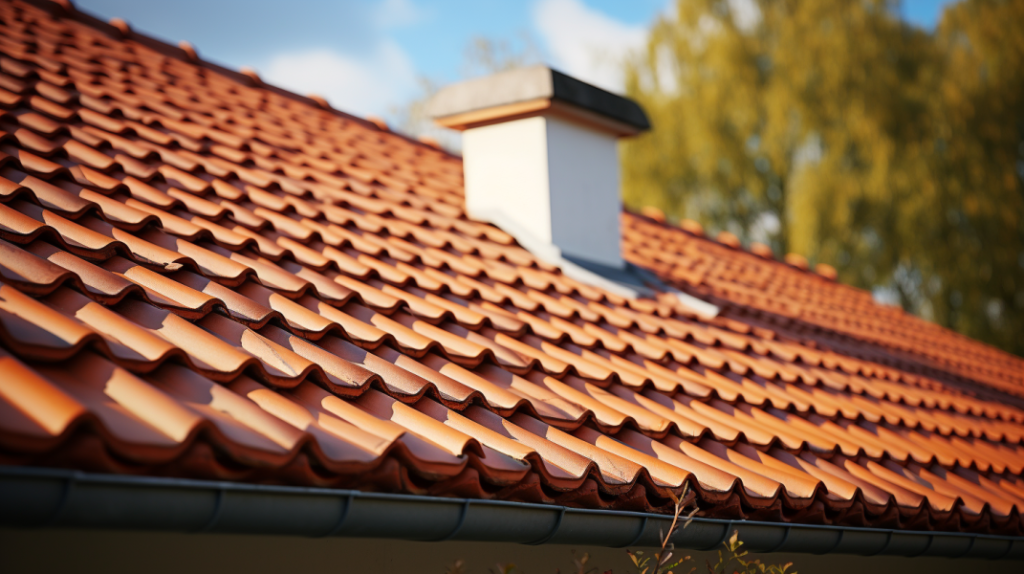Roof flashing is an unsung hero in the world of roofing. It’s a thin layer, often made of metal or plastic, that plays a pivotal role in keeping your home dry and damage-free. At Mend Roofing, we understand the significance of this component and ensure its optimal installation and maintenance.
Understanding Roof Flashing
Roof flashing is essentially a barrier system, strategically placed to direct water away from the critical areas of the roof, such as vents, chimneys, and valleys. Its primary purpose is to ensure that water doesn’t find its way into your home, causing damage to the structure and interior.
Materials like copper, aluminum, and stainless steel are commonly used for flashing due to their durability and resistance to the elements. Among these, copper stands out for its longevity and adaptability, especially in complex roofing structures.
Key Areas Protected by Flashing
1. Vent Openings
Every roof, whether residential or commercial, has vents to ensure proper air circulation. These vents, be it pipe vents or hood vents, are potential entry points for water. Flashing ensures that these openings are sealed off, preventing any water ingress.
2. Skylight Openings
Skylights enhance the aesthetics of a home and provide natural light. However, their openings can be a significant source of leaks if not properly sealed. A continuous strip of flashing around the skylight ensures that rainwater doesn’t seep through.
3. Dormer Openings
Dormers add space and aesthetic appeal to a home. But creating them means breaking the roofline, which can be a potential source of leaks. Flashing bridges the gap between the dormer structure and the primary roofing material, ensuring a watertight seal.
4. Chimney Openings
Chimneys are another critical area where water can seep through. Roofers typically install two sections of flashing here: the base flashing and the counter flashing. This dual system ensures that water doesn’t find its way into the home through the chimney.
5. Roof Valleys and Edges
The points where different sections of the roof meet are called valleys. These are susceptible to water ingress, and flashing plays a pivotal role in sealing off these joints. Similarly, roof edges can also be sources of leaks, and a drip edge flashing ensures that water is directed away from the structure.
The Implications of Flashing Failure
When flashing fails, it often results in roof leaks, which can cause significant damage to the interior of your home. It’s essential to regularly inspect your roof and ensure that the flashing is in good condition. If you notice signs of wear or damage, it’s crucial to address them promptly.
For residents seeking a roof repair in Cypress TX or those in need of a roofing contractor in Cypress Texas, Mend Roofing is the go-to solution. With our expertise and commitment to quality, we ensure that your home remains protected from the elements.
In Conclusion
Roof flashing might seem like a minor component, but its role in protecting your home is paramount. It’s the first line of defense against water ingress, and ensuring its optimal condition is crucial. At Mend Roofing, we pride ourselves on providing top-notch roofing solutions, ensuring that homes in Cypress remain safe and dry. Whether you’re looking for a roofer in Cypress TX or need comprehensive roofing solutions, we’re here to help.







